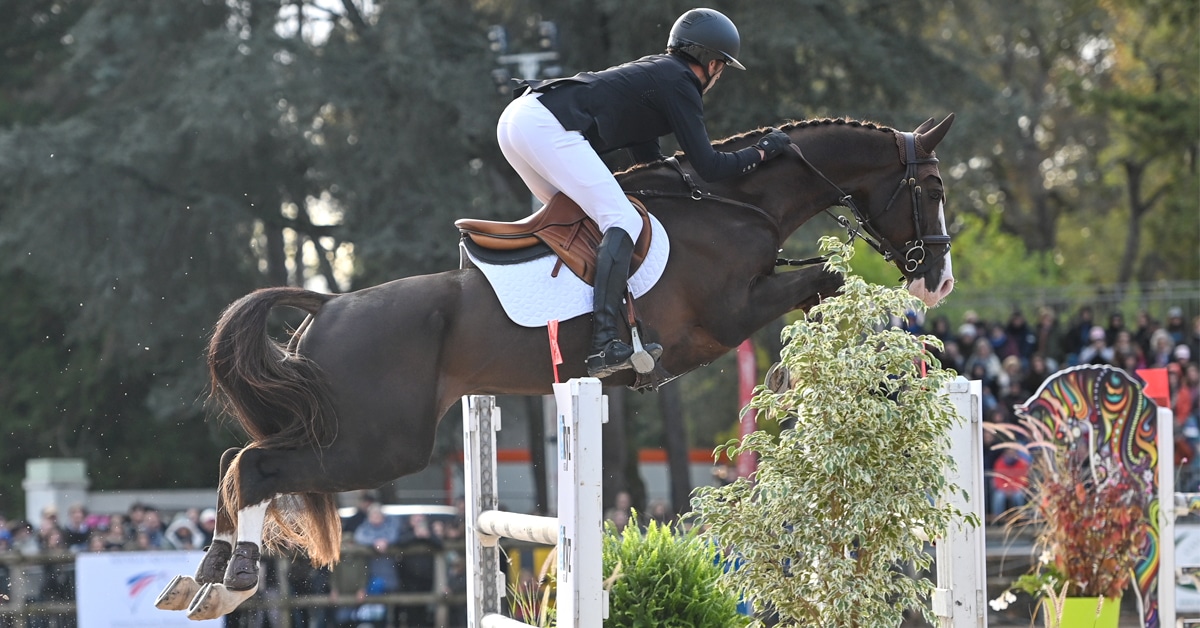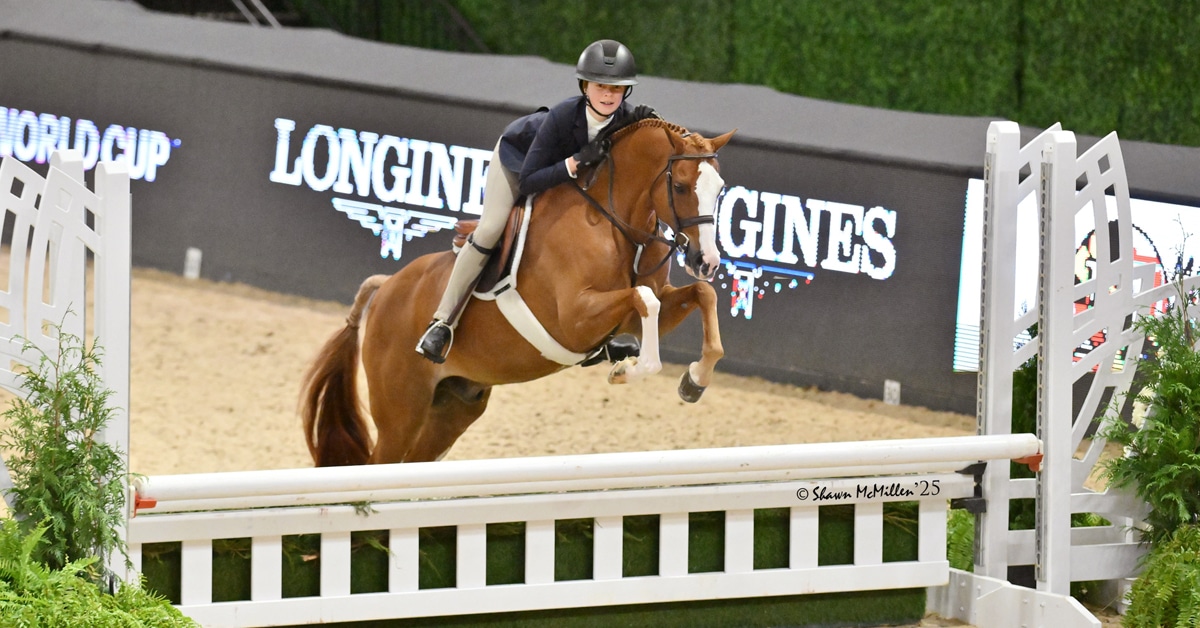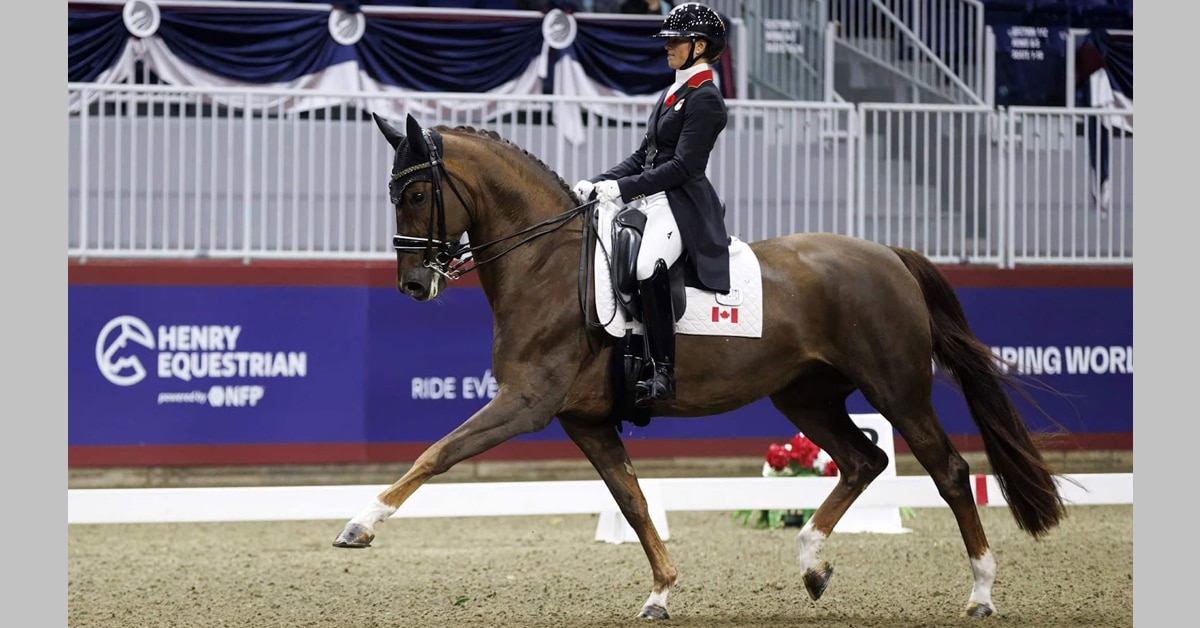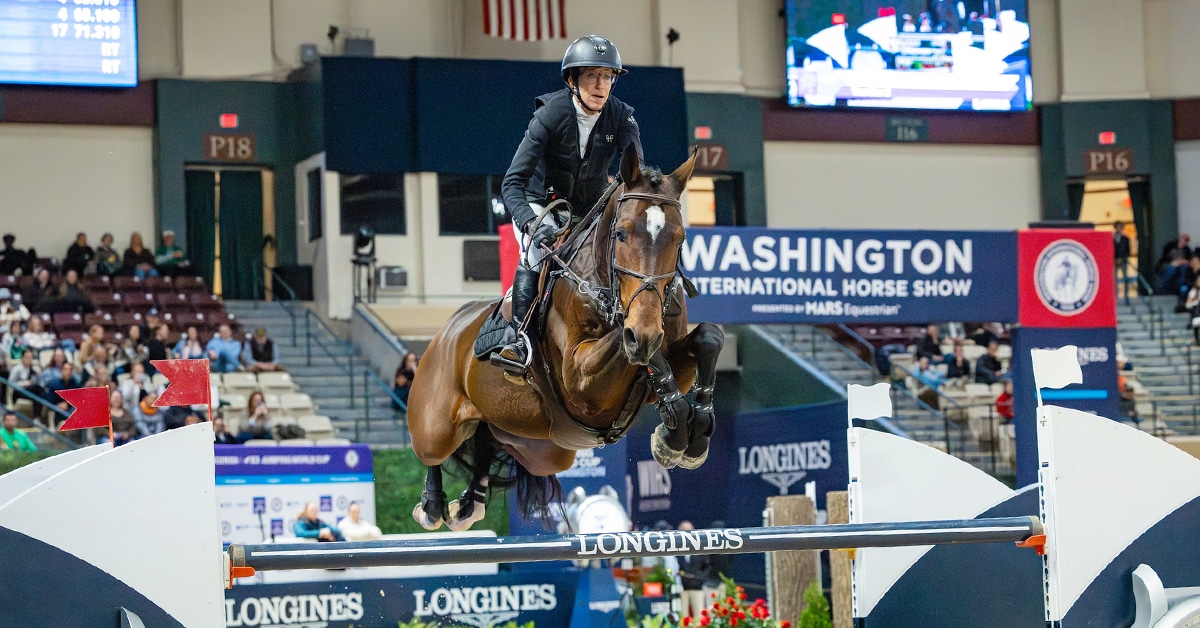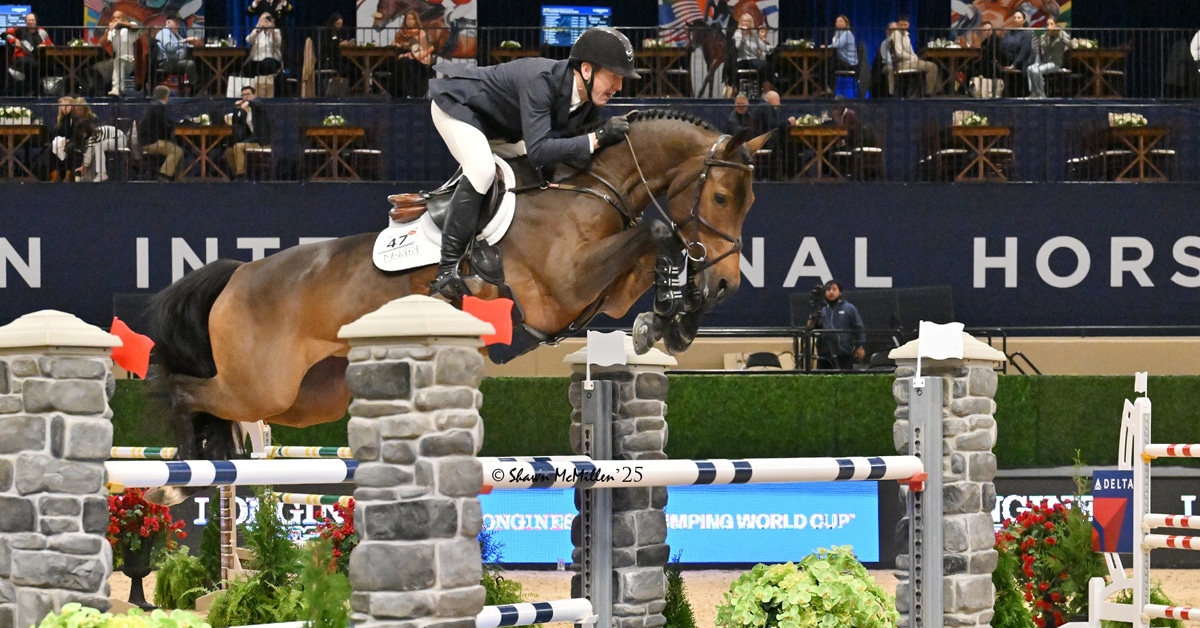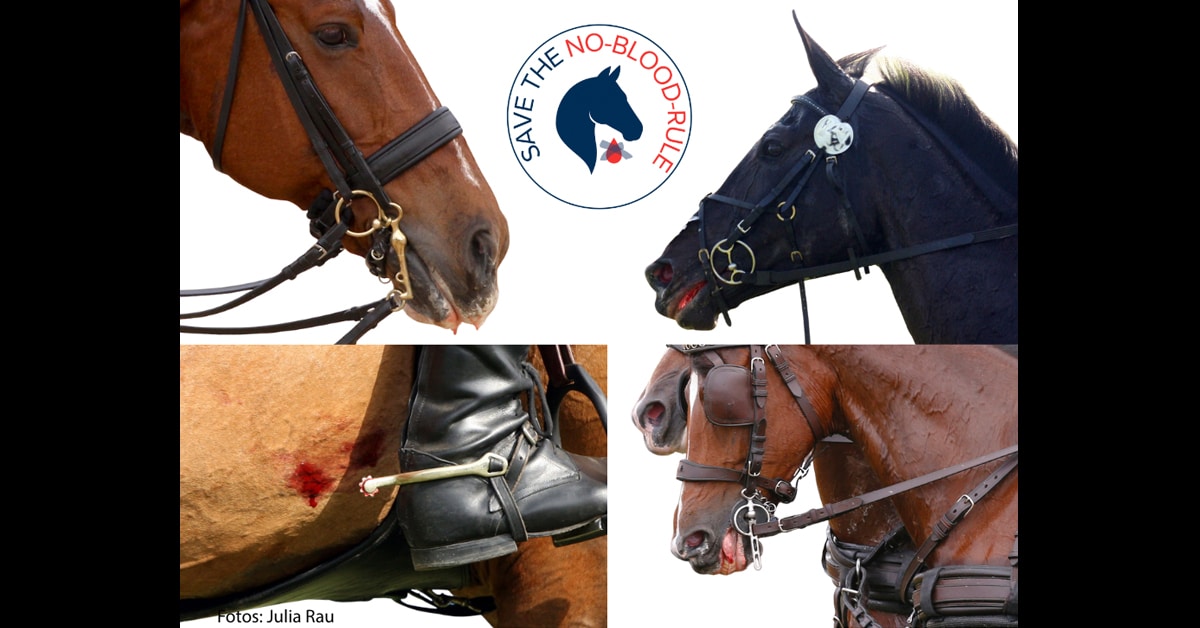To date, over 17,000 supporters have joined an international petition opposing the planned weakening of the so-called No-Blood Rule in equestrian sport.
Background
At the upcoming General Assembly of the Fédération Équestre Internationale (FEI) on November 5, 2025, in Hong Kong, a proposal will be voted on that would mean blood on a horse would no longer automatically lead to disqualification. According to the plan submitted by the International Jumping Riders Club (IJRC), a simple warning could suffice in the future – or, in cases where a horse has, for example, bitten its tongue, the blood could simply be wiped away before the rider continues competing.
The petition calls for this proposed relaxation to be stopped and for the existing principle – “Blood on the horse = competition over” – to remain in place. Any visible blood, regardless of whether it is caused by the rider, by equipment, or by accident, must always result in immediate elimination – to protect the horse and to maintain trust in the sport.
Furthermore, the petition demands that existing exemptions from the No-Blood Rule in other disciplines – such as driving, eventing, and endurance – be revoked. The principle must apply universally: no tolerance for blood on the horse.
The petition’s initiator, Claudia Sanders, emphasizes, “The No-Blood Rule is more than just a regulation – it is a symbol of respect, empathy, and responsibility in our relationship with horses. If we weaken this boundary, we lose a fundamental moral compass in equestrian sport.”
The petition is available in German, English, French, and Spanish to reach equestrian enthusiasts worldwide. It can be signed HERE.
A similar initiative was already successful in 2011, when an attempt to weaken the rule was stopped. Now, the rule is once again under threat.
The petition was launched by the editorial team of Dressur-Studien | Fair zum Pferd, an independent magazine that has been dedicated to horse-friendly training and ethical questions in equestrian sport for over 20 years. More information on the planned changes can be found here.
More News
